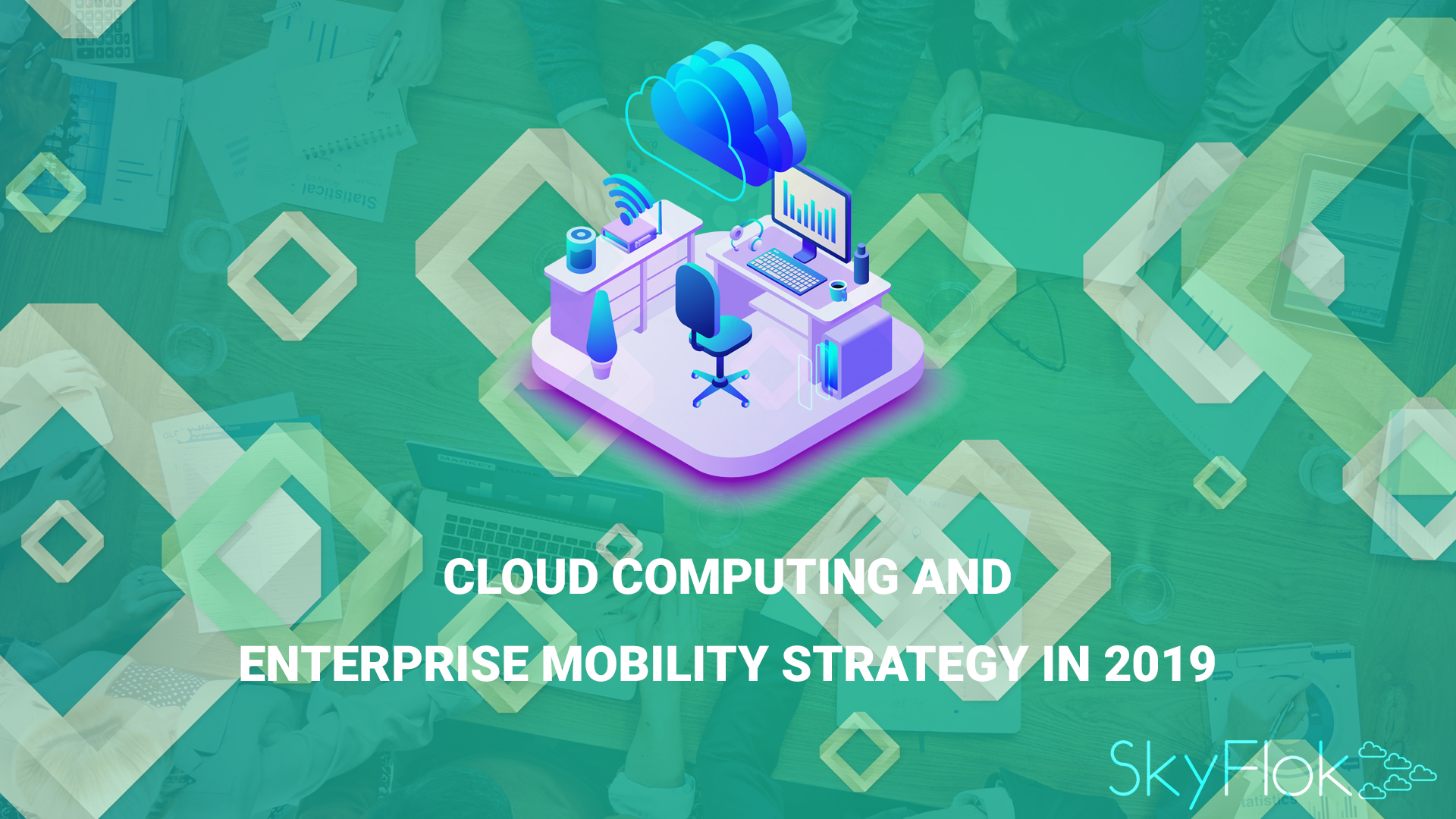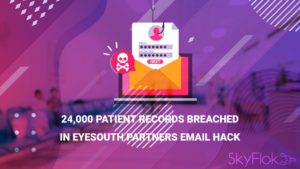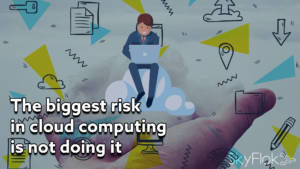Has your company already adopted a cloud strategy? Maybe you are like most businesses and already have at least one workload running in the cloud. Managing your data properly and choosing the right solution is one of the most important things for every business.
Is the service you currently use secure, time-saving, cost-efficient and flexible enough to meet all your needs?
Simplify your business interactions with your clients and colleagues with the next-generation cloud storage and sharing service – SkyFlok
SkyFlok is an easy-to-use solution which helps businesses be in control of their own data, comply with privacy regulations (ex: GDPR, HIIPA) and save time and resources exchanging information. We provide our clients with the highest level of security, protecting the privacy of their as well as their clients data at all times. Join us!
Industry executives and experts share their predictions for 2019. Read them in this 11th annual VMblog.com series exclusive.
Enterprise mobility became a more mature space in 2018. We expect to see a continuation of this trend throughout 2019 as digital transformation and cloud computing adoption promote changes in the way we work and concepts, such as Bring Your Own Device (BYOD), are implemented.
Digital transformation is driving organizations and their employees to re-imagine how they run their business and how they fulfill the responsibilities of their jobs. Mobile devices, for example, remain a huge opportunity to enable such re-imagined organizations and workflows. Increasingly, advanced devices now accommodate applications that would have required a laptop just a year or two ago.
However, while native applications on a tablet or smartphone are a great way to revamp stale workflows, we need to be mindful to provide connectivity to more “old school” resources required for certain workflows. This could mean providing connectivity to a file server for organizations that are not quite ready to move their files to cloud storage. In this scenario, mobile applications can be fed with the data required to complete a task, like printing, to ensure a receipt, prescription or handout can be easily produced.
The continued adoption of cloud computing and cloud services influences enterprise mobility in three major ways:
Management of mobile devices
Historically, managing mobile devices was seen as a rather complex addition to the on-premises infrastructure, much like a Domain Controller, which managed policies and access rights for users and traditional computers. Large scale, complex enterprises are still best served by integrated, feature-rich and somewhat complex EMM or UEM solutions. However, many small or mid-size organizations are simply looking to have control over their devices or their data on someone’s (personal) device and are best served by easy-to-use cloud-based MDMs that build on the extensive security features built into Android and iOS.
Management of data on the device
It is also important to evaluate how to best deliver the data users need to do their work. Cloud storage solutions usually come to mind first since they have mobile applications, and users are often familiar with them for personal use. However, those storage solutions often lack proper manageability for business use cases and require a lot of trust when they are used for proprietary, personally identifiable or otherwise sensitive information. Connecting mobile devices to on-premises storage with the same functionality as a cloud storage might be preferable.
Connecting devices
Connecting devices, which require open Internet connectivity to access applications and data, to infrastructure, such as printers, which have to be a behind the firewall, separate network, on-premises application, is an example where on-premise versus cloud must be addressed. Depending on an organization’s needs, this can be accomplished through an on-premise installation that provides printer connectivity through a cloud-service.
Both users and organizations remain interested in BYOD concepts. However, they are also unsure of how to best implement such concepts both from a legal perspective as well as an IT perspective. Smart companies and users are asking the right questions to determine the best strategies moving forward. How much access does my employer have to my device? Is my company’s BYOD approach really secure? Do we have the resources we need to really be productive? These questions are just the start of the conversations that must be had in 2019.
With the advancements outlined above, as well as continued advancement of mobile operating systems, we will continue to see a growing interest in BYOD. While there are best practices and guidelines to start from, working with the right industry experts can help you and your organization determine the correct implementation strategy for 2019 and beyond.







